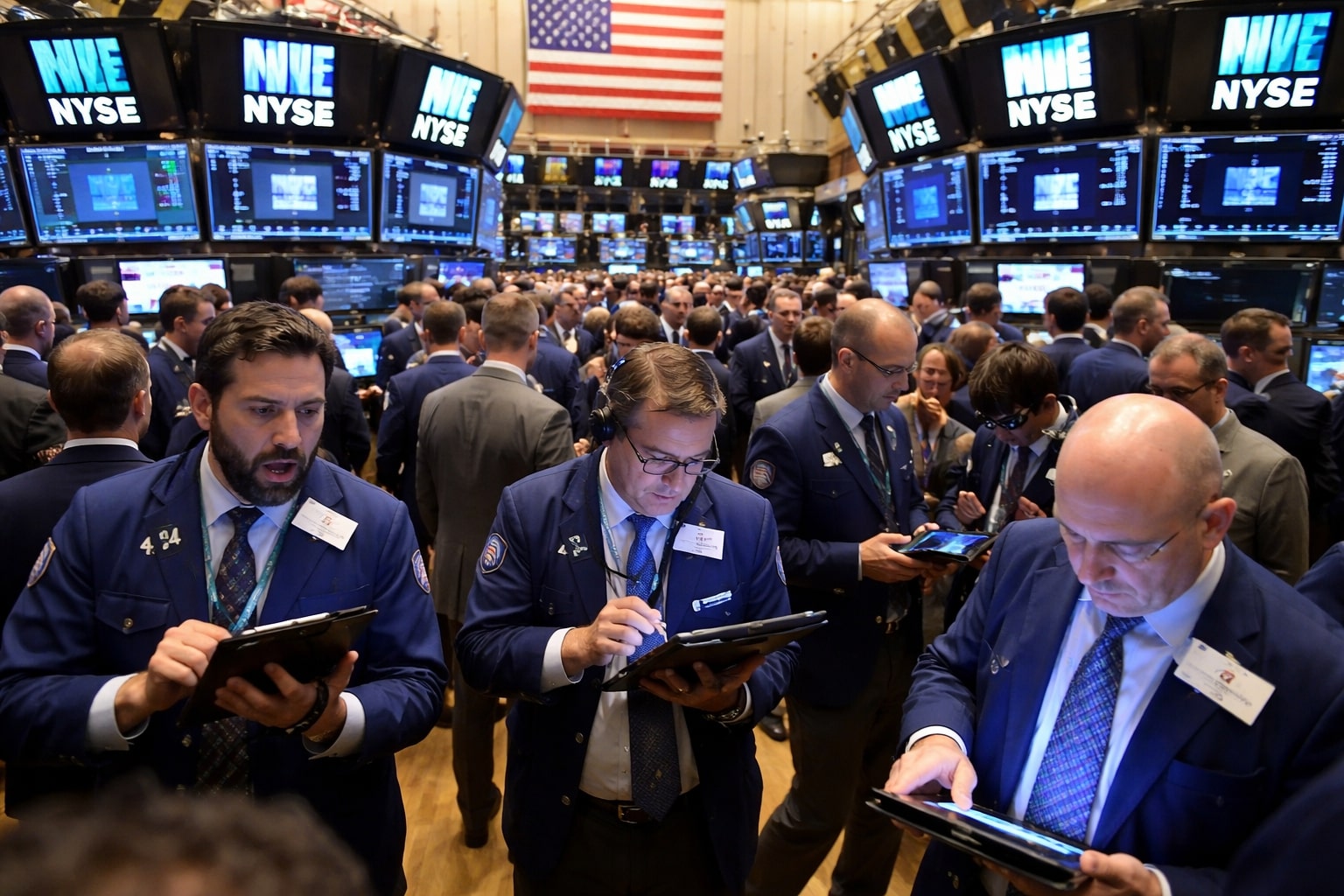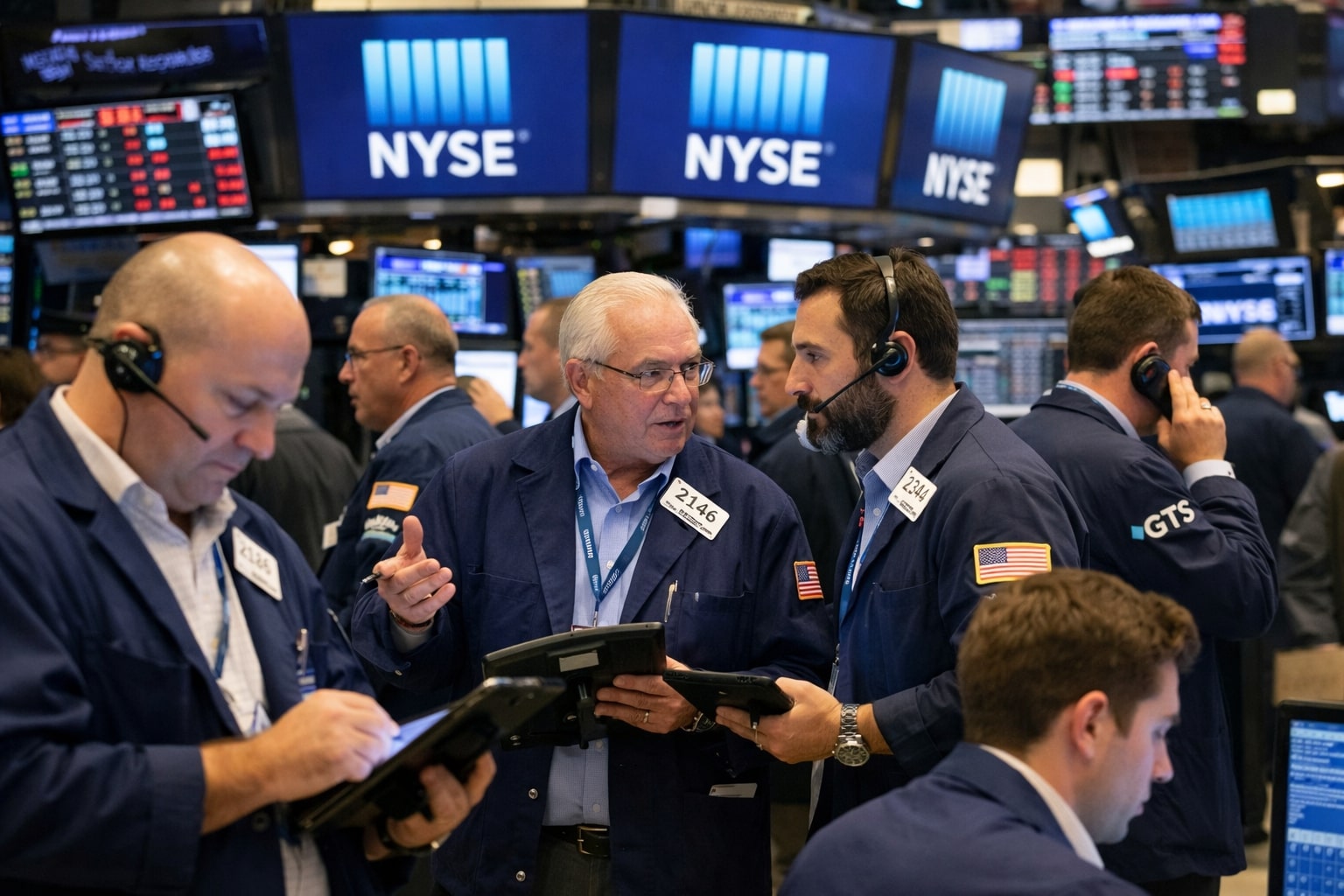How to Choose a US ETF
US ETFs: Key factors to consider for informed investment decisions
Exchange-traded funds (ETFs) enable investors to combine their money into funds that invest in stocks, bonds, or other assets. ETFs are investment companies that are registered with the Securities and Exchange Commission (SEC). Shares of the fund are given to investors in exchange. Financial advisers with SEC registration typically handle ETFs. They can be either actively managed funds, which actively buy and sell securities in accordance with an investing plan, or passively managed funds, often known as index funds, which seek to mimic the performance of a certain market index. The ability to trade continuously on a national securities exchange at market prices sets ETFs apart from mutual funds, which must be purchased or sold at the net asset value (NAV) per share at the close of each trading day. It is crucial to read both the short and full prospectus before making an investment in an ETF since they contain comprehensive information about the ETF's investment objective, key investment strategies, risks, fees, and historical performance.
What Is The Best US ETF To Buy ?
Despite being widely used, ETFs only account for a small percentage of the worldwide financial market, with regional variations in their share of stocks and fixed income assets ranging from 0.3% to 2.5% and 3.9% to 12.6%, respectively. The total value of ETF trading exceeded $53 trillion in 2022, breaking the previous record of $41 trillion set in 2021. Even with the sustained high volatility indicated by the CBOE Volatility Index (VIX) in the U.S. stocks market, the bid-ask spreads, which gauge the gap between buying and selling prices, were largely constant across worldwide ETFs compared to 2021 levels. In particular, small bid-ask spreads of 16.2 basis points (bps) and 29.1 bps, which outperformed industry standards, were seen for global iShares ETFs.
U.S. equities had an average daily trading volume of $502.2 billion in the fourth quarter of 2022, while U.S. ETFs had an average daily trading volume of $157.7 billion. This shows that during that quarter, U.S. ETFs made up about 31.4% of the entire U.S. composite volume in the secondary market.
While European ETFs had an average daily trading volume of $10.1 billion, the average daily trading volume for stocks in Europe was $81.5 billion. As a result, 12.4% of all European cash equities traded on the secondary market during the quarter were held by ETFs having European domiciles.
Explore Types Of ETFs
Understanding the Underlying Index: The underlying index is the most important component to take into account while assessing ETFs. The selection of index has a substantial impact on the performance and characteristics of an ETF, even though expense ratios, assets under management, and issuer reputation also matter. A common misconception among investors is that all indexes are equivalent, although this is not always the case. While the S&P 500 and the Russell 1000 may perform similarly, other indices' composition, sector allocation, and performance may vary dramatically. To make sure they match your investing goals and desired asset allocation, it is crucial to evaluate and comprehend the holdings, sector breakdowns, and country exposures of the underlying index.
Analyzing the Tracking Difference:
After analyzing the underlying index, it's critical to analyze the tracking difference of an ETF. The tracking difference gauges how closely an ETF follows the performance of its underlying index. While costs have an impact on returns, other elements like transaction costs and index replication techniques can also have an impact on tracking difference. Investors should seek out ETFs with low tracking differences that closely track their benchmarks, as this indicates effective index replication and performance consistency.
Liquidity and Trading expenses: Take into account the ETF's liquidity and trading expenses. The ease with which ETF shares can be bought and sold without materially affecting their market price is referred to as liquidity. bigger liquidity is indicated by bigger trade volumes and smaller bid/ask spreads. To ensure effective transaction execution and reduce trading expenses, it is typically preferable to choose ETFs with enough daily trading volume and narrow bid/ask spreads. However, depending on their level of cost sensitivity and time horizon for investing, investors' preferences for liquidity may change.
Understanding the overall Cost of Ownership: Expense ratios are an important cost factor, but investors should also examine the overall cost of ownership, which includes continuing costs as well as trading costs. Lower ratios are generally preferable since they reflect the annual fees charged by ETF managers. However, as they can have a big impact on returns, especially for regular traders, investors should also take trading expenses like commissions and bid/ask spreads into account. Investors can choose the most affordable ETFs for their investing strategy by thoroughly analyzing the total cost of ownership.
ETF Structure and Tax Implications: Trading techniques and tax consequences for various ETF forms can vary. While some ETFs invest in real assets, others use derivatives or employ specialized tactics. Understanding an ETF's precise structure is crucial, particularly for commodities or other specialist assets. Think about any potential tax repercussions, monitoring errors, and any dangers or restrictions related to the ETF's structure.
Researching the ETF Provider: In addition to assessing the ETF as a whole, it's important to look into and take into account the track record and stability of the ETF provider. Look for reputable companies with a history of successfully managing ETFs and abiding by regulatory rules. A trustworthy provider fosters trust in an ETF's management and operational effectiveness, which can enhance the investing experience.
Alignment with Investment Goals and Risk Tolerance: In the end, the ETFs you choose should be consistent with your investment objectives, level of risk tolerance, and time horizon. Asset classes, industries, investment philosophies, and regional exposures that fit your portfolio strategy should be taken into account. To create a well-rounded investment strategy and successfully manage risk, diversify your holdings among many ETFs. Make sure your ETF holdings are still in line with your investment objectives and performing as expected by the corresponding benchmarks by periodically reviewing and reevaluating them.
To choose the best US ETFs, one must carefully take into account a number of variables, including as the underlying index, tracking difference, liquidity, trading expenses, ETF structure, and the track record of the ETF provider. You can make well-informed selections that maximize your investment portfolio by completing thorough research and matching these variables with your investing goals and risk tolerance. Keep in mind that you should routinely check and assess your ETF holdings to make sure they are still appropriate and in line with your changing financial objectives. You can successfully navigate the huge world of US ETFs and create a portfolio of investments that is organized.
Read More
-
Tesla Stock Price Forecast - TSLA Holds Around $485 as Safety Probe Clashes With Robotaxi and Megapack Upside
24.12.2025 · TradingNEWS ArchiveStocks
-
XRP Price Forecast: XRP-USD $1.86 Holds as ETF Money Fights 6-Month Selloff
24.12.2025 · TradingNEWS ArchiveCrypto
-
Oil Price Forecast - Oil Price Stuck at $58 WTI and $62 Brent as 1.4B-Barrel Glut Hits 2026 Outlook
24.12.2025 · TradingNEWS ArchiveCommodities
-
Stock Market Today - GSPC Camps at 6,914 as GC=F Hits $4,508 and NKE Stock, DVAX, PATH Top the Tape
24.12.2025 · TradingNEWS ArchiveMarkets
-
GBP/USD Price Forecast - Pound Holds 1.35 As Fed Easing Sinks The Dollar And BoE Stays Reluctantly Hawkish
24.12.2025 · TradingNEWS ArchiveForex



















